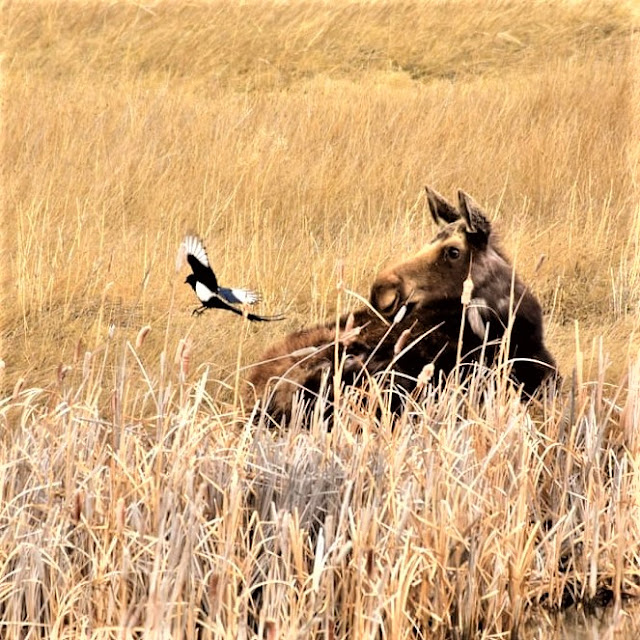Photo by BarrytheBirder
COMMON GRACKLE
(Quiscalus quiscalus)
BirdLife International, the official Red List Authority for birds, has just released its 2018 update and Bird Studies Canada reports that the updated list now declares the Common Grackle as 'Near Threatened'. This is a shock as the population of this backyard bird now appears to have plummeted by over half since 1970. The Common Grackle is thought to have thrived from land clearing that European settlement brought to North America. However the starling's use of agricultural land had led to it being declared a 'pest', which has prompted intensive control measures in some areas, which appear to have led to significant declines in recent decades. My observation is that the grackles at my backyard feeders, here in southern Ontario, are as plentiful as at any other time in the last 25 years...maybe more so.
Please comment if you wish.
BarrytheBirder


































